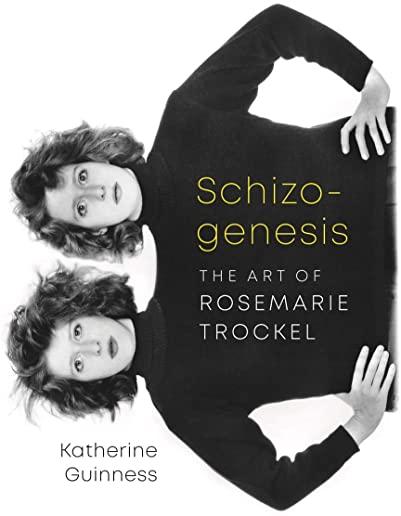
A deep analysis of an enigmatic artist whose oeuvre opens new spaces for understanding feminism, the body, and identity
Popular and pioneering as a conceptual artist, Rosemarie Trockel has never before been examined at length in a dedicated book. This volume fills that gap while articulating a new interpretation of feminist theory and bodily identity based around the idea of schizogenesis central to Trockel's work.
Schizogenesis is a fission-like form of asexual reproduction in which new organisms are created but no original is left behind. Author Katherine Guinness applies it in surprising and insightful ways to the career of an artist who has continually reimagined herself and her artistic vision. Drawing on the philosophies of feminists such as Simone de Beauvoir, Shulamith Firestone, and Monique Wittig, Guinness argues that Trockel's varied output of painting, fabric, sculpture, film, and performance is best seen as opening a space that is peculiarly feminist yet not contained by dominant articulations of feminism.
Utilizing a wide range of historical and popular knowledge--from Baader Meinhof to Pinocchio, poodles, NASA, and Brecht--Katherine Guinness gives us the associative and ever-branching readings that Trockel's art requires. With a spirit for pursuing the surprising and the obscure, Guinness delves deep into a creator who is largely seen as an enigma, revealing Trockel as a thinker who challenges and transforms the possibilities of bodily representation and identity.
member goods
listens & views

SONATAS FOR FLUTE & HARPSICHORD ...
by RICHTER / FRED / HAKKINEN / PELTONIEMI
COMPACT DISCout of stock
$18.49






